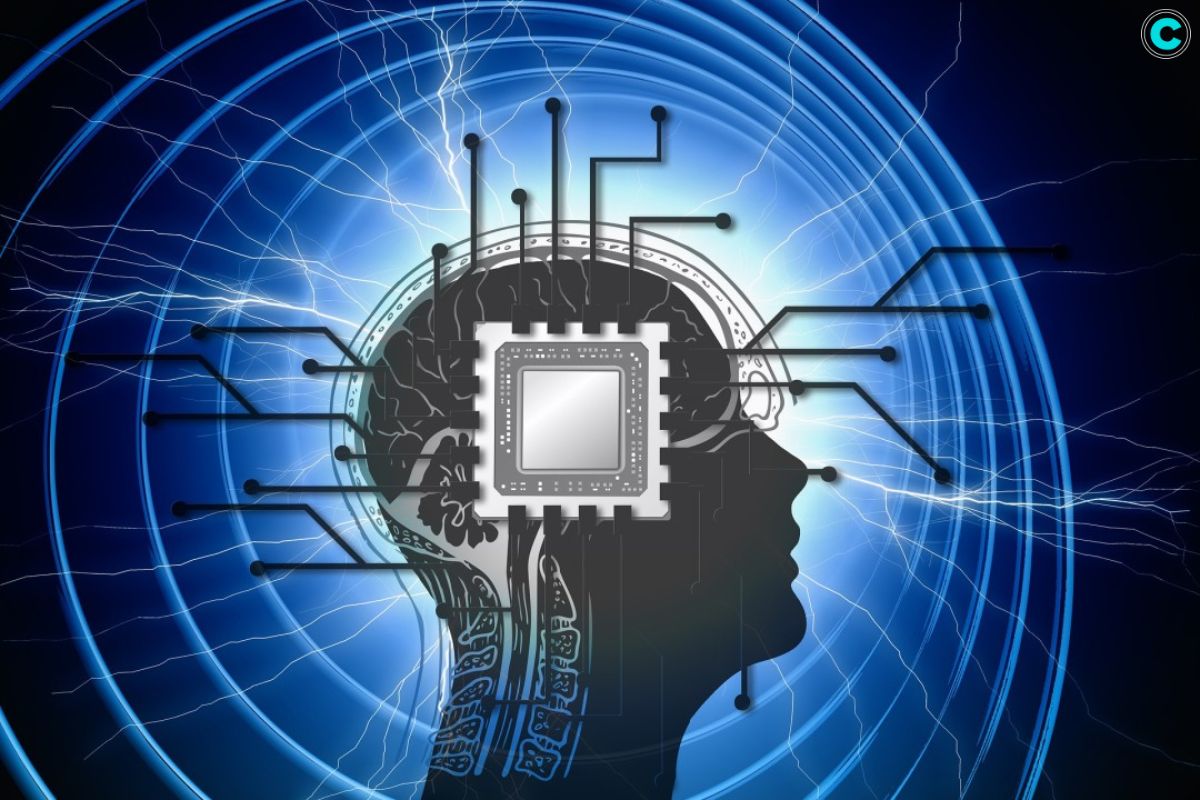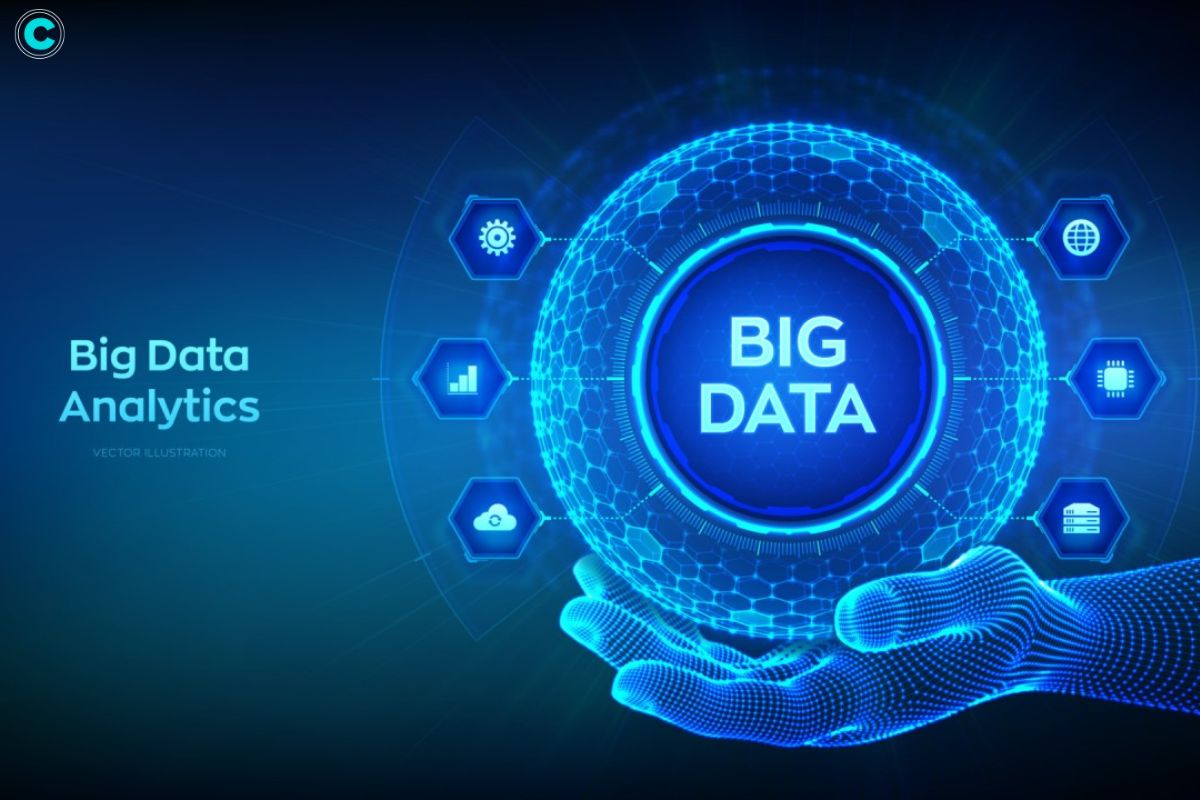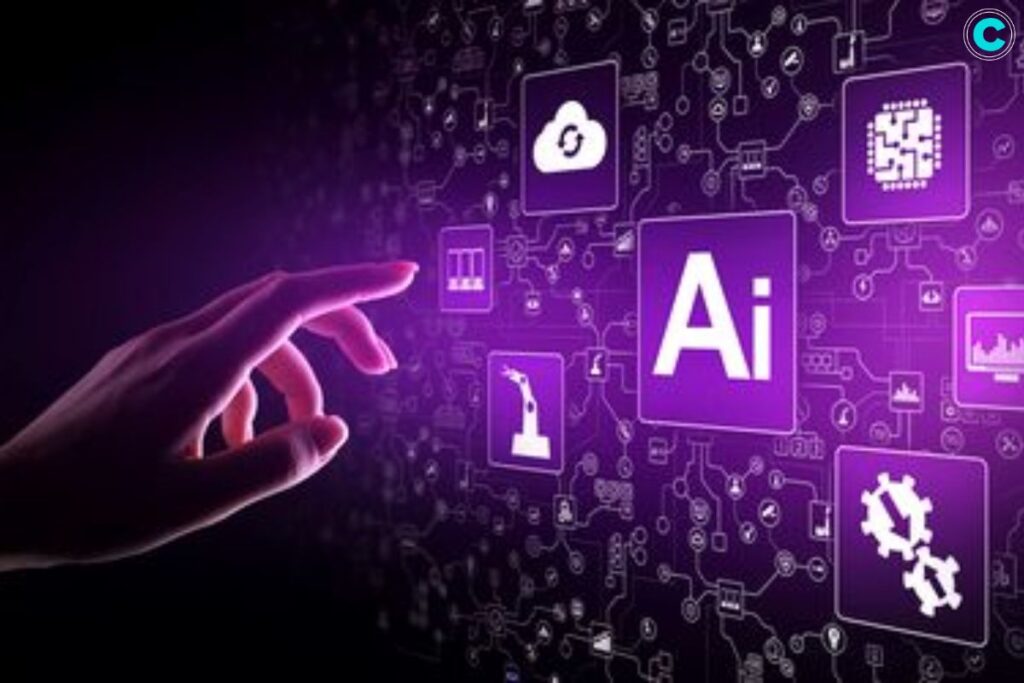(Source – Bernard Marr)
In today’s tech world, there are two big ideas that people are talking about: Machine Learning and Big Data. These concepts have changed the way we look at data, find patterns, and learn new things. But even though they’re related, Machine Learning and Big Data are actually two different things. They each have their own special qualities, uses, and effects. In this article, we’ll take a closer look at Machine Learning Vs. Big Data, and how they work together to make our data-driven world even more amazing.
Machine Learning Vs. Big Data: Understanding the Basics
Before delving into the comparison between Machine Learning Vs. Big Data, let’s first grasp the fundamental concepts of Machine Learning and Big Data.
Machine Learning
Machine Learning (ML) is a subset of artificial intelligence (AI) that focuses on enabling machines to learn from data without being explicitly programmed. ML algorithms analyze vast amounts of data, identify patterns, and make data-driven predictions or decisions. These algorithms improve over time as they are exposed to more data, hence the term “learning”.
There are four basic types of machine learning:

- Supervised Learning: In supervised learning, the algorithm is trained on labeled data, where the input and the desired output are provided. The algorithm learns to map the input to the output based on the provided examples.
- Unsupervised Learning: Unsupervised learning involves training the algorithm on unlabeled data. The algorithm learns to find patterns or structures in the data without any specific guidance.
- Semi-supervised Learning: Semi-supervised learning is a combination of supervised and unsupervised learning. It uses a small amount of labeled data and a large amount of unlabeled data to learn patterns and make predictions.
- Reinforcement Learning: Reinforcement learning involves training an algorithm to make decisions in an environment. The algorithm learns through trial and error, receiving feedback in the form of rewards or penalties based on its actions.
Machine learning algorithms require large amounts of good quality data to produce accurate results. Choosing the right algorithm for a task calls for a strong grasp of mathematics and statistics.
Big Data

Big Data refers to the massive volume of structured and unstructured data that inundates businesses on a day-to-day basis. This data comes from various sources, including social media, sensors, devices, and business transactions. Big Data technologies enable organizations to store, process, and analyze this data to extract valuable insights and support decision-making processes.
The main characteristics of Big Data are often referred to as the “Three Vs”:
- Volume: Big Data involves large volumes of data that exceed the capacity of traditional data processing systems.
- Velocity: Big Data is generated at a high speed and needs to be processed and analyzed in real-time or near real-time.
- Variety: Big Data comes in various formats and types, including structured, semi-structured, and unstructured data.
To handle Big Data, organizations use technologies such as distributed computing, parallel processing, and cloud computing. These technologies allow for efficient storage, processing, and analysis of large datasets.
Machine Learning Vs. Big Data: Key Differences

While Machine Learning and Big Data are interconnected, they serve different purposes and operate at different stages of the data lifecycle. Here are some key distinctions between the two:
1. Focus and Objective:
- Machine Learning primarily focuses on developing algorithms and models that can learn from data and make predictions or decisions autonomously.
- Big Data, on the other hand, revolves around the collection, storage, and processing of vast volumes of data to extract insights and drive business decisions.
2. Data Size and Variety:
- Machine Learning algorithms can operate on datasets of various sizes, ranging from small to large. The emphasis is more on the quality and relevance of data rather than sheer volume.
- Big Data, as the name suggests, deals with enormous volumes of data, including both structured and unstructured formats. Big Data technologies are designed to handle the velocity, variety, and volume of data generated by modern systems.
3. Processing Approach:
- Machine Learning algorithms require training on labeled or unlabeled datasets to understand patterns and relationships. This training phase involves iterative learning, where algorithms adjust their parameters to minimize errors and improve accuracy.
- Big Data processing involves tasks such as data ingestion, storage, cleaning, and analysis. Technologies like Hadoop and Spark are commonly used to process Big Data in distributed computing environments.
FAQs on Machine Learning Vs. Big Data
1. What is the relationship between Machine Learning and Big Data?
Machine Learning and Big Data are interrelated concepts, with Machine Learning algorithms often being applied to analyze and derive insights from Big Data. Big Data provides the fuel for Machine Learning models, enabling them to learn from vast amounts of data and make accurate predictions.
2. Can Machine Learning work without Big Data?
While Machine Learning can operate on smaller datasets, the availability of Big Data enhances the performance and accuracy of Machine Learning models. Big Data allows Machine Learning algorithms to identify more complex patterns and relationships, leading to better predictions and insights.
3. What are some real-world applications of Machine Learning and Big Data?
Machine Learning is applied in various domains, including predictive analytics, image recognition, natural language processing, recommendation systems, and autonomous vehicles. Big Data is utilized in industries such as healthcare, finance, retail, and cybersecurity for tasks like fraud detection, customer segmentation, personalized marketing, and risk analysis.
4. How do Machine Learning and Big Data contribute to business growth?
By harnessing Machine Learning and Big Data technologies, businesses can gain valuable insights into customer behavior, market trends, and operational inefficiencies. This enables them to make data-driven decisions, optimize processes, improve customer experiences, and ultimately drive growth and innovation.
5. What are the future prospects of Machine Learning and Big Data?
The demand for Machine Learning and Big Data skills is expected to continue growing as organizations increasingly rely on data-driven strategies to gain a competitive edge. Advancements in AI, cloud computing, and IoT will further accelerate the adoption of Machine Learning and Big Data technologies across various industries.

Your Ultimate Guide to the Top 9 Machine Learning Books in 2024
These books will help you learn the basics or level up your skills with the latest techniques and algorithms. So, get ready to
Conclusion:
In conclusion, Machine Learning and Big Data are integral components of the modern data ecosystem, each playing a unique role in extracting insights and driving innovation. While Machine Learning focuses on developing algorithms that can learn from data, Big Data enables the storage, processing, and analysis of vast volumes of data. By understanding the differences and synergies between Machine Learning Vs. Big Data, organizations can harness the power of data to unlock new opportunities and stay ahead in today’s dynamic business landscape.






